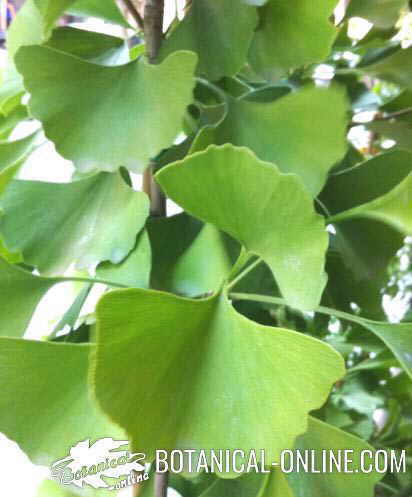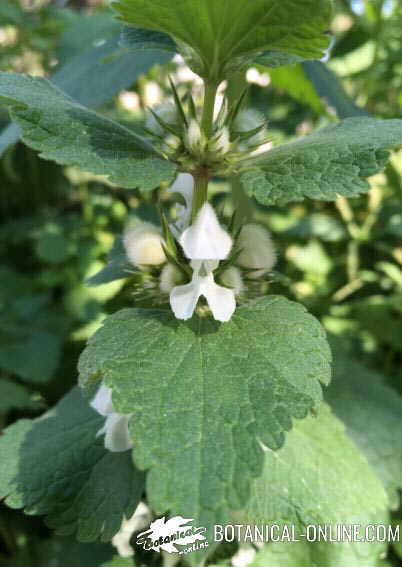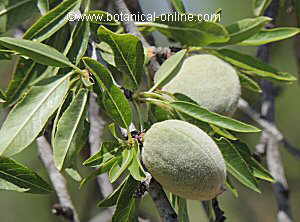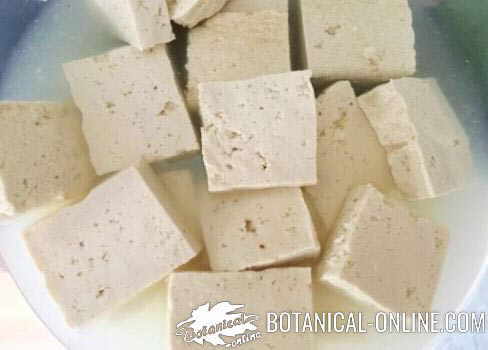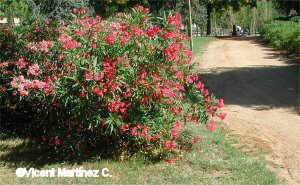Contents
Properties and medicinal uses of laurustinus
What is laurustinus (Viburnus tinus) used for?
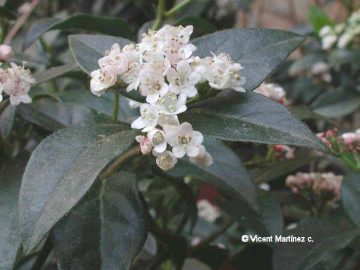
Internally, the fruits have traditionally been used as a diuretic remedy, to eliminate the accumulation of fluids in the body and for constipation, as a purgative. The leaves in infusion are used to reduce fever.
Due to its toxicity, it is advisable not to take homemade preparations made with laurustinus.
Uses of laurustinus as a garden plant
Its use as a garden plant is highly appreciated because it is a species that flowers very early and adapts very well to shady places. It is widely used in hedges and to protect other species from the wind.
Laurustinus, honey plant
Its flowers are highly appreciated by bees, which is why it is considered one of the earliest honey plants in countries with an Atlantic climate.
Laurustinus toxicity
Laurustinus toxicity is high. Poisoning occurs due to ingestion of berries when used for medicinal purposes. It can cause accidents in children who are attracted by their appearance. Fortunately, the unpleasant taste of its fruits causes their rapid expulsion.
The leaves and bark are very rich in tannins. Using them in home remedies can cause more or less serious stomach problems.
Symptoms of laurustinus poisoning
The main symptoms of poisoning from ingesting laurustinus are:
In lower doses, the main symptoms are:
- Stomach aches
- Diarrhea
- Inflammation of the digestive mucosa with the appearance of blisters
- Urinary hemorrhages
In case of significant ingestion:
- Respiratory problems
- Cardiorespiratory arrest
Medical treatment of laurustinus poisoning
Medical treatment involves: gastric lavage, assisted breathing and clinical assistance in case of high doses.
![]() More information on plants
More information on plants

